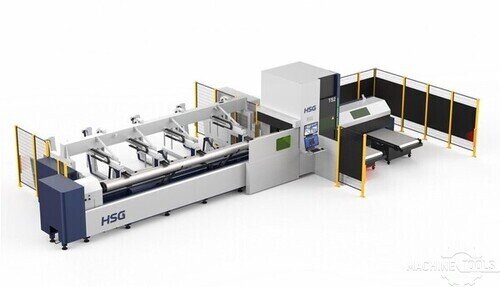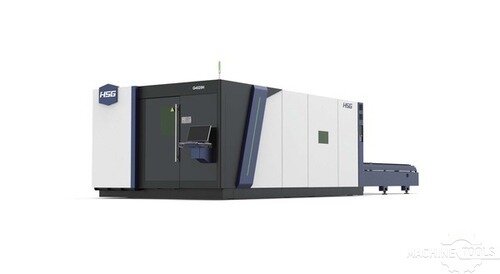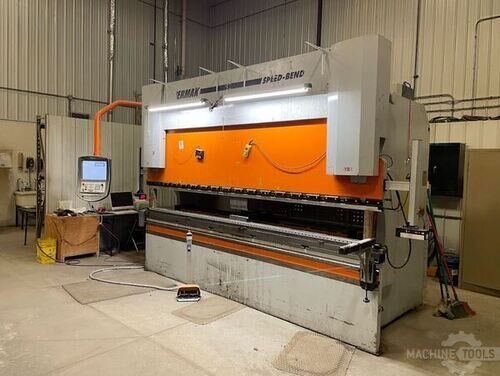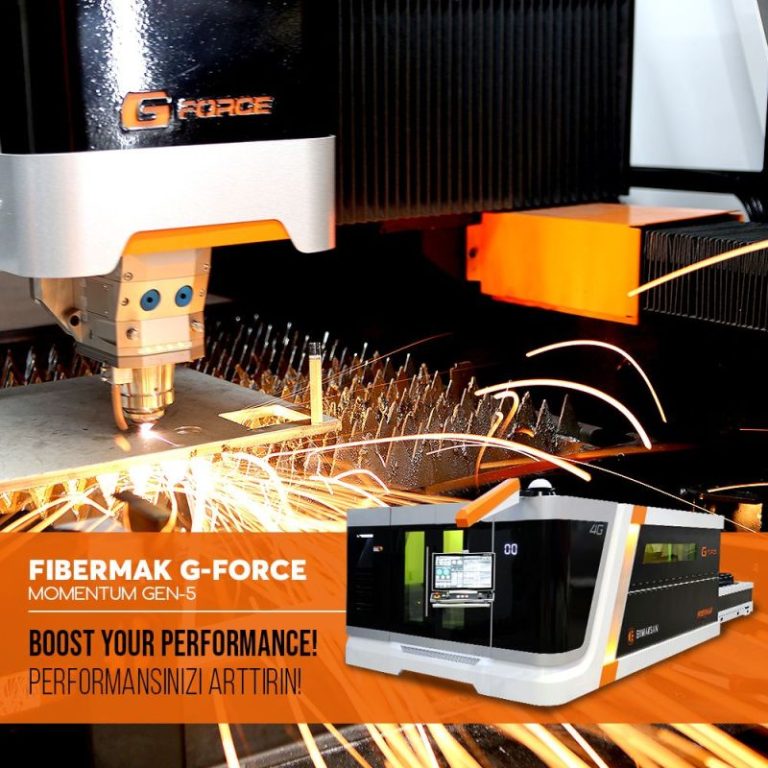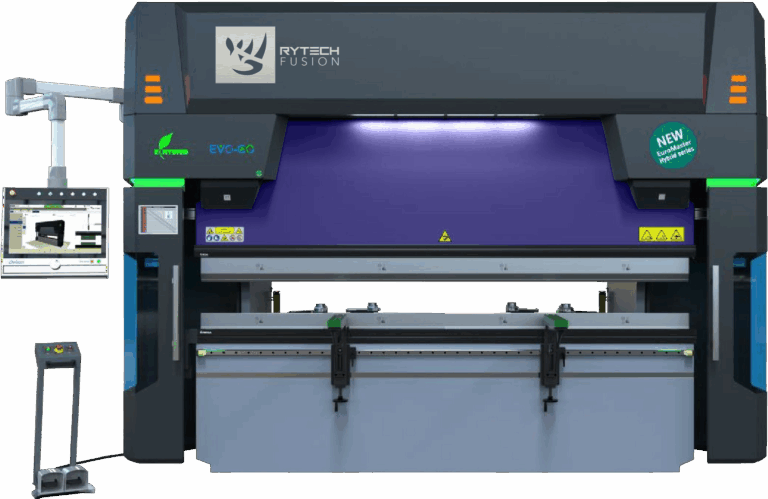As Service & Parts Lead at Mac-Tech, my daily mission is to help our customers minimize downtime and maximize the performance of their fabrication equipment. Whether it’s troubleshooting a stubborn press brake, resolving hydraulic hiccups, or sourcing a critical CNC control module, I work closely with operators and maintenance teams to keep machines running smoothly. With the right preventative strategies and prompt support, your HSG laser systems can deliver years of reliable service.
Introduction: Protecting Your HSG Laser Investment
Laser systems are the backbone of modern fabrication shops, and their chillers play a crucial role in maintaining laser performance and longevity. Even minor chiller issues can quickly escalate into costly downtime or even permanent damage to sensitive laser components. Understanding the most frequent chiller failures—and knowing how to spot them early—empowers you to take action before problems disrupt production.
12 Common Laser Chiller Failures and Early Warning Signs
Low Coolant Flow
Watch for sudden temperature spikes or system alarms. Reduced flow can indicate clogged filters, pump wear, or blocked lines.High Coolant Temperature
If the chiller struggles to maintain setpoint, check for dirty condenser coils, low refrigerant, or failing fans.Refrigerant Leaks
Unexplained loss of cooling capacity and visible oil residue are classic clues. Listen for hissing near joints or fittings.Pump Failure
Abnormal noises, vibration, or inability to circulate coolant signal pump issues. Early detection can prevent laser overheating.Electrical Faults
Frequent tripping, erratic control panel behavior, or blown fuses may point to wiring problems or failing relays.Sensor Malfunctions
Inaccurate temperature or flow readings can lead to false alarms or, worse, missed warnings. Regularly verify sensor accuracy.Blocked Heat Exchanger
Poor heat transfer and rising coolant temperatures often indicate scale buildup or debris inside the exchanger.Low Coolant Level
Inspect for leaks and monitor reservoir levels. Running low can cause cavitation and pump damage.Condenser Fan Failure
Overheating and high head pressure are signs. Listen for fan noise changes or check for seized motors.Corrosion and Contamination
Rusty coolant, cloudy appearance, or sediment buildup means it’s time for a flush and refill.Faulty Expansion Valve
Unstable cooling performance and temperature swings may stem from a stuck or misadjusted expansion valve.- Control Board Issues
Intermittent operation or unresponsive controls often trace back to failing circuit boards, especially in high-vibration environments.
HSG TS2 HIGH SPEED TUBE FIBER LASER CUTTING MACHINE
HSG 3015H 12KW
Proactive Maintenance and Sourcing Solutions from an Expert
Having supported hundreds of customers across the country, I know that regular inspections and proactive part replacement are key to avoiding unplanned downtime. Keep a log of chiller parameters and alarm histories, and schedule coolant changes and filter replacements as part of your routine. When sourcing parts, work with a provider who can confirm compatibility, ensure quick delivery, and offer technical support. At Mac-Tech, we pride ourselves on fast turnaround, deep inventory, and a problem-solving mindset—whether you need a common relay or a hard-to-find sensor.
When to Contact a Specialist for Parts or Service
Some issues, like minor coolant top-offs or filter swaps, are manageable in-house. But if you notice persistent alarms, rapid temperature fluctuations, or electrical faults, it’s time to call in a specialist. Early intervention often means a simple repair instead of a costly replacement. Our team can help you identify the root cause, source the right parts, and coordinate repairs to get your HSG laser system back online quickly.
FAQ
How quickly can Mac-Tech source and deliver replacement parts?
We maintain a large inventory and partner with reliable suppliers to ship most common parts within 24–48 hours. For specialty items, we’ll provide a clear timeline and keep you updated every step of the way.
What are the first signs that my laser chiller needs service?
Watch for temperature fluctuations, unusual noises, frequent alarms, or visible leaks. These early indicators often precede more serious failures.
What preventative maintenance steps should I take for my chiller?
Regularly check coolant levels, clean filters and coils, inspect for leaks, and validate sensor readings. Scheduling routine professional inspections can catch small issues before they become big problems.
How fast can Mac-Tech respond to a service request?
We prioritize urgent service calls and aim to respond as quickly as possible—often within the same day for critical issues. Our service coordinators will work with you to minimize downtime.
Can you help me determine if a part is compatible with my HSG system?
Absolutely. Provide your machine’s serial number and current part details, and we’ll verify compatibility before you order.
Your laser equipment is a major investment, and keeping it running efficiently is our shared goal. If you ever need help with troubleshooting, parts sourcing, or preventative maintenance planning, don’t hesitate to reach out. I’m here to support you and ensure your HSG systems stay productive, reliable, and ready for any job.
Get Weekly Mac-Tech News & Updates

